There’s a new trend spreading in the canoe camping community. More trippers are choosing to go campfire-free.
If that surprises you, let me offer a brief recap of the 2023 fire season in Canada. It was the worst wildfire season in the country’s recorded history. Over 18 million hectares of forest burned, roughly equivalent to the size of the state of North Dakota. Before 2023, the record was eight million hectares in 1989. The 10-year average before 2023 was a mere 2,751,161 hectares. That year, more than 232,000 people were evacuated from towns and cities, equivalent to the combined total between 2011 and 2018. Smoke drifted as far as Europe and caused some Canadian regions to suffer the worst air quality in the world.
Drought and early snow melt significantly contributed to the conditions for wildfires. So, the fires—and their effect on the enjoyment of being outside—stay top of mind come summer.
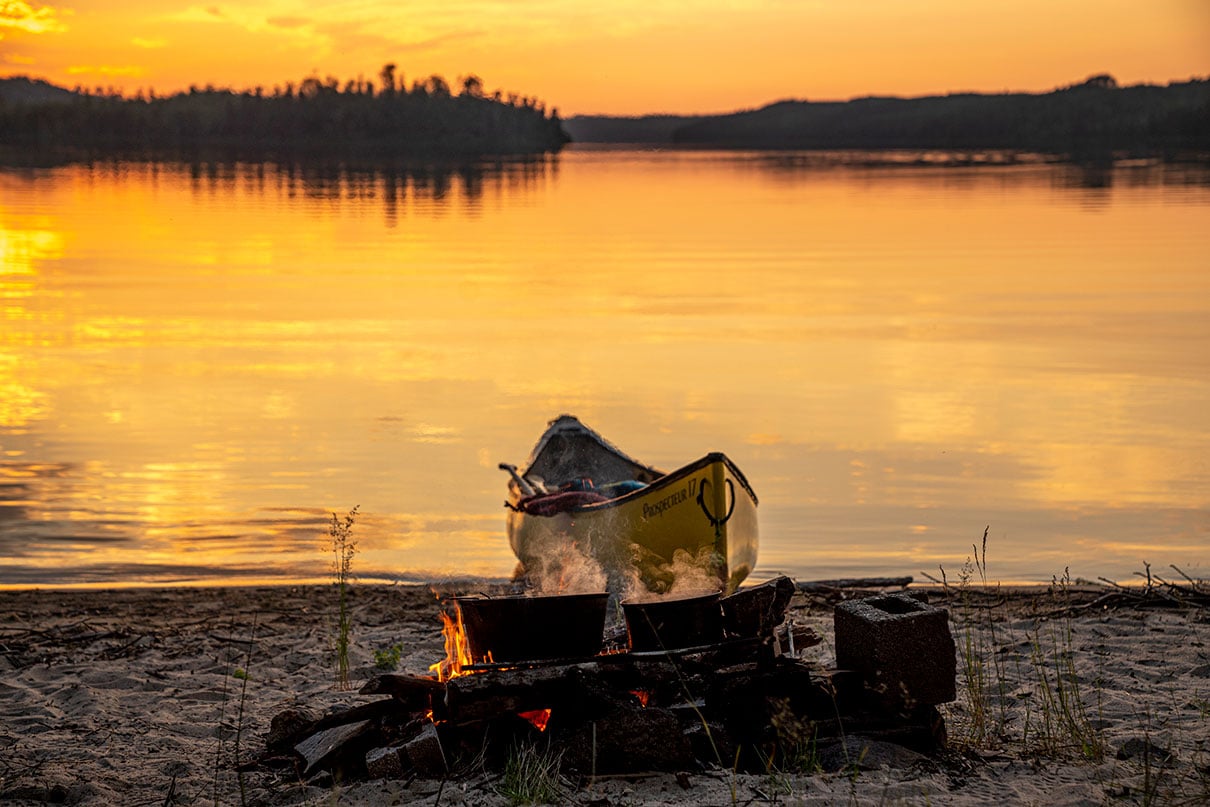
Death of the campfire
According to the National Interagency Fire Center, wildfires are primarily caused by two things: lightning and people. In Canada, roughly half of wildfires are caused by human activity, while in the United States, the U.S. Forest Service estimates an astounding 85 percent are from human activity—from cigarette butts, escaped prescribed burns, malfunctioning equipment, fireworks, trash burning, arson, gender reveals gone wrong, and, yes, even campfires.
In my region, the default is to allow campfires until things get too dry, and then the local government institutes a fire ban on private property, campgrounds and in the backcountry. However, I’ve been hearing more campers suggest a summer ban on campfires on public lands.
Wildfires aren’t the only issue torching the campfire’s reputation. The fact is campfires don’t quite square with leave-no-trace principles—fires leave scorch marks and gathering and processing wood leaves visible impact too. As more people enjoy the backcountry and campsites experience higher use, it’s increasingly common to come across campsites with barely a twig of deadfall. Don’t even get me started on the campers who fail to extinguish their fires fully.
Pushback from the backcountry
The idea of a blanket campfire ban is tough to swallow for those who argue fire is synonymous with camping. Flickering light, sparks spiraling into the night sky, and warmth radiating from the inner circle—the appeal of a campfire stretches across the millennia to when fire meant safety and our ancestors depended upon its heat and light for survival.
Campfires offer many pleasures. Sitting around a campfire, whether in a group or alone, signifies you’ve begun to slow down. For me, the biggest benefit of the campfire is the feeling of calm it creates. My senses open up. I can hear the snap of exploding resin, watch the flames change color and smell the woodsmoke. Gathering around a flickering LED lantern and singing “Sweet Caroline” just wouldn’t be the same.
I still have the occasional campfire, but these days, I’m more mindful about when, where and why. However, with hotter, smokier summers on the horizon, maybe it’s inevitable we’ll decouple the campfire from camping. We’ll leave the axe and saw at home and watch a vibrant red sun descend instead.
Kevin Callan is the author of 19 canoeing books and a regular speaker at North America’s major canoe events. His Butt End column appears in every issue of Paddling Magazine.
From embers to ashes and dust to dust. | Feature photo: David Jackson




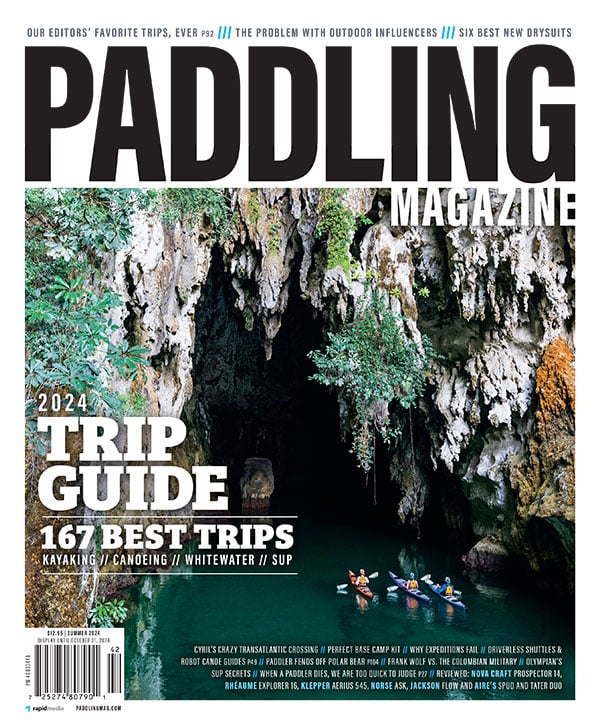 This article was first published in Issue 72 of Paddling Magazine.
This article was first published in Issue 72 of Paddling Magazine. 
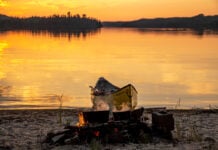
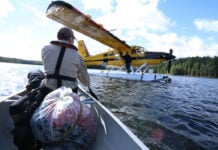
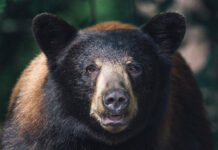
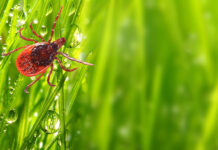


Yes to camp fires when conditions are ok, when it’s dry I support bans.
A blanket no campfire rule is government laziness and over reach.
The National parks I’ve been to in the Nova Scotia backcountry have this blanket rule and it’s ridiculous when conditions are ok for a fire.
Sorry but I will be using a fire till I die same as my children. We are old school that also applies to knowing when a fire is safe. We also are not out in the summer. Our trips are ice out and late fall till ice up.
Solo trips I skip the campfire apart from a perhaps a small one to dispose of smelly garbage. I can’t say I miss it.
A fire does provide a central element to sit around and enjoy conversations at on group trips. I am not sure what the alternative is but finding it is perhaps a worthwhile goal. We have come up with solutions to many of the world’s other problems sitting around around a campfire. Maybe this is a good one to solve around the next.
1. Leave no trace does NOT say no to campfires. Just keep them as small as needed.
2. Most of the reasons for man-caused fires are NOT campfires. Campfires are just a small fraction of the wildfires.